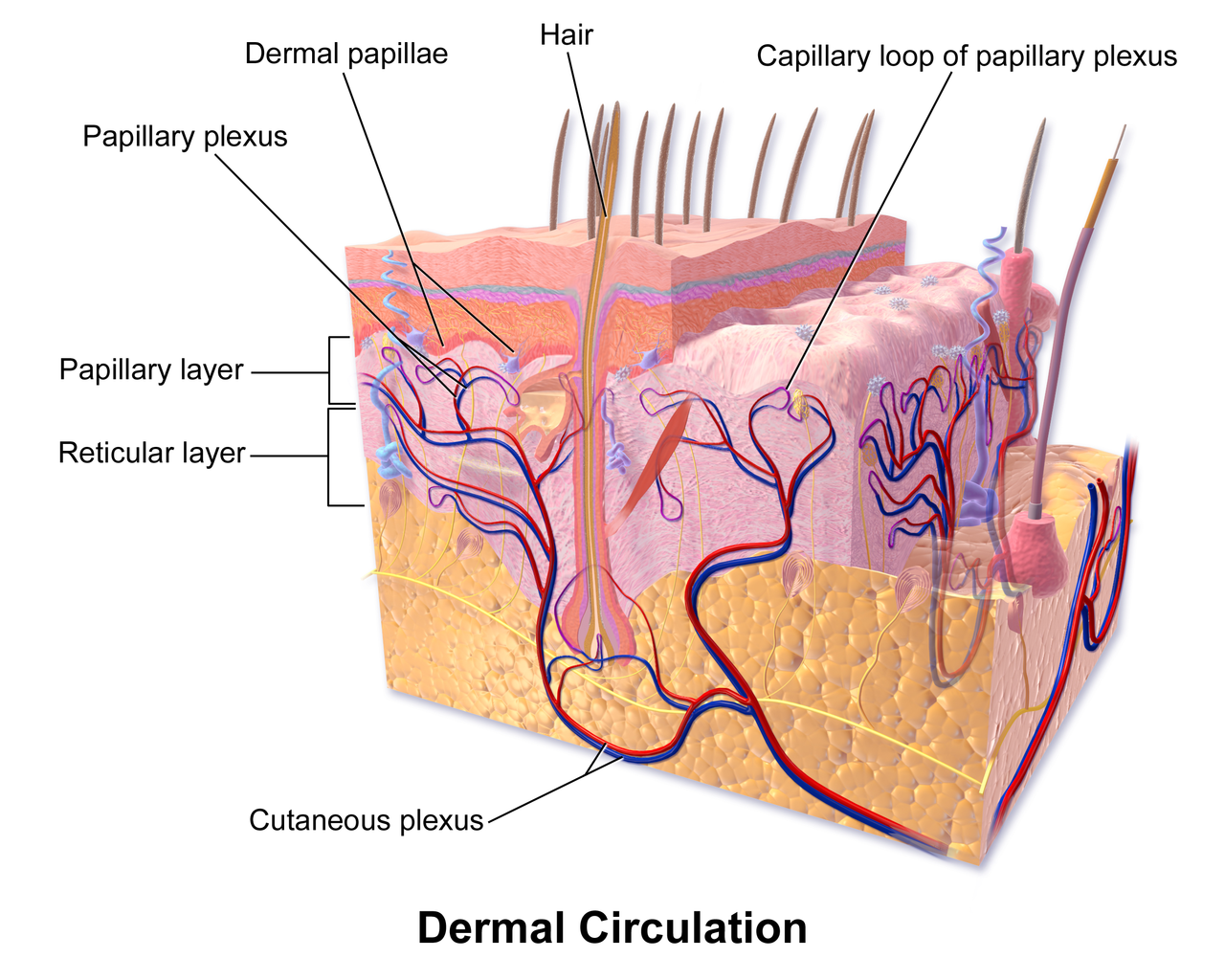
A skin graft is a piece of skin on the patient’s body that derives from a donor site on the patient’s body. Usually, the donor site is from a concealed area of the body, such as the inner thigh. The skin from the donor site is used to replace an area of damaged skin elsewhere on the body.
What is it?
Skin grafting is a surgery used to transfer skin from one area of the body to another. The location of the graft is from some region of healthy skin and is generally an area hidden by clothes like the buttocks or inner thigh. A patient may require skin grafting if they have had a significant amount of skin damage. This damage can be attributed to infection, burns, skin cancer, surgeries, ulcers (venous, pressure, and diabetic), large wounds, or improperly healed wounds.
What should I do to prepare?
For a patient undergoing a skin grafting surgery, it is important to have a conversation with the doctor about what medications he or she should or should not take. Patients refrain from eating or drinking during the night before the skin graft. It is also vital that patients make transportation accommodations to take them home after surgery and plan for assistance at home during the next week of the recovery period.
What happens during the process?
The skin grafting procedure is done under general anesthesia, so the patient does not experience pain. The patient will be given IV fluids and medicine before and throughout the procedure. The surgeon will remove the donor skin, with the location depending on the type of graft. For a split-level thickness graft, an area hidden by clothes like the hip or inner thigh will be the donor site. However, for a full-thickness graft, the abdomen or chest wall will be used as the donor site. The donor graft will then be placed over the transplant area and secured with staples, stitches, and surgical dressing.
What are the risks and potential complications?
There are several risks for a skin grafting surgery. Some of the risks are associated with the anesthesia and include reaction to medicines and trouble with breathing. Other risks of the surgery include, but are not limited to:
- Bleeding
- Chronic pain
- Infection
- Loss of grafted skin
- Reduced skin sensation
- Scarring
- Skin discoloration
- Uneven skin surface
Disclaimer:
All GlobeHealer Site content, including graphics, images, logos, and text, among other materials on the site are only for education purposes. This content is not intended to be a substitute for professional medical advice, and you should always contact your physician or qualified health provider for information regarding your health. Information on this site regarding the overview, diagnosis, and treatment of any kind should be looked at, in addition to the advice and information of your health care professional. Do not disregard medical advice or delay seeking treatment or medical advice due to information found on the GlobeHealer site.
If there is even the possibility that you may have a medical emergency, seek treatment, call your doctor, or call your local emergency telephone number immediately. GlobeHealer does not endorse being the first line of communication in case of emergency and does not endorse any specific test, physician, facility, product, procedure, opinion, or other information that is or may be mentioned on this site or affiliated entities. Reliance of any and all information provided by GlobeHealer, its employees, affiliations, others appearing on the Site under the invitation of GlobeHealer, or visitors of the site is solely at your own risk and is not the responsibility of GlobeHealer.
Image Source: https://commons.wikimedia.org/wiki/File:Trachea_(transparent).png
